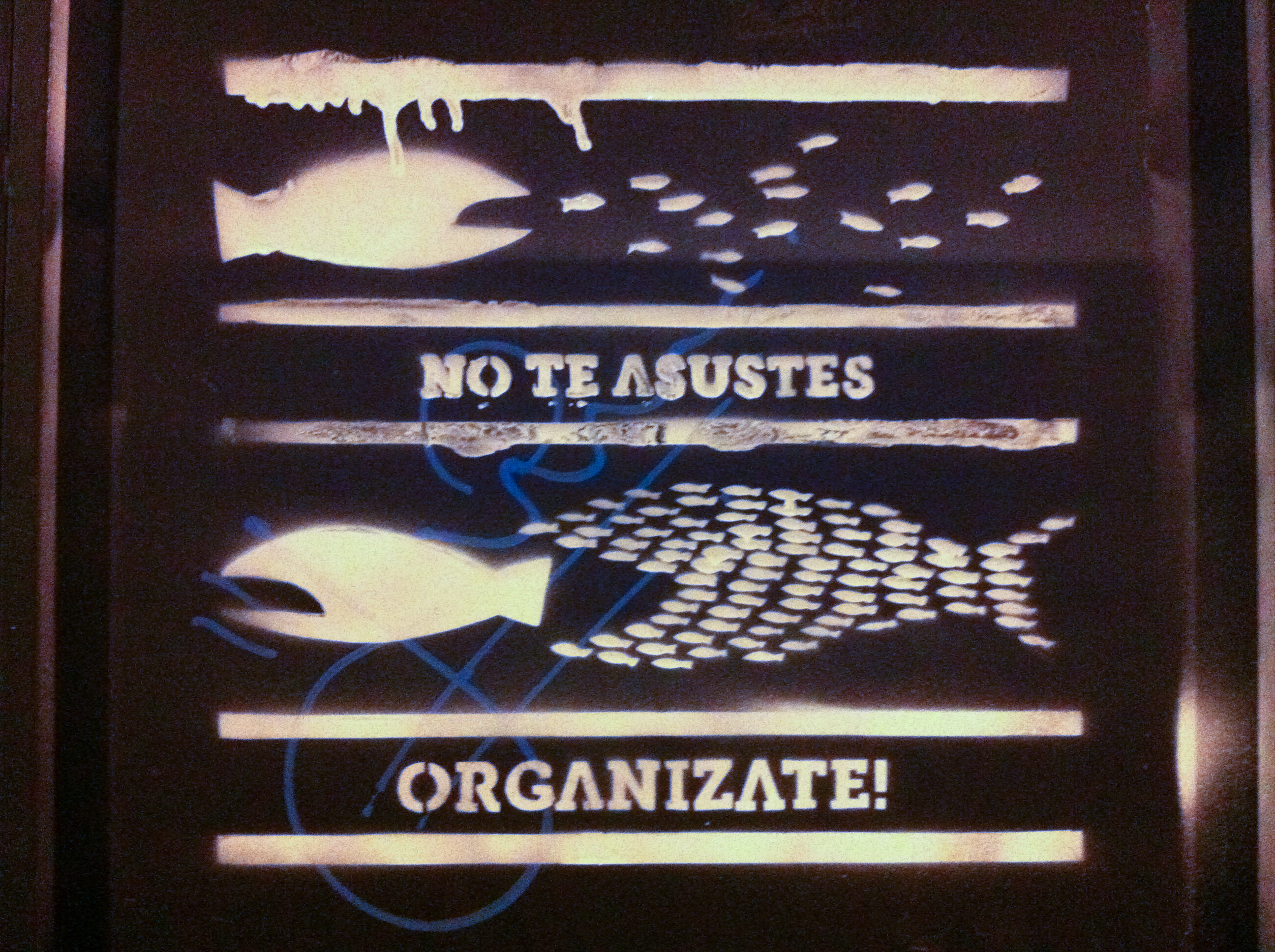In my second unit of Light,
Sound, and Time, my class and I focused on how sound works. Although people don't notice it, sound is always present. Silence can't be acquired because our body constantly makes noise and our environment is always in movement. I think that noise gives humans comfort to give the feeling that they are not alone. I like having background noise around me when I work, or else I would be lost in my thoughts. On the mathematical side of the world of sound, we learned how to use the speed of sound in calculations to find wavelength and frequency. We also did a simulation on how life would be with bad hearing. This unit made me thankful for my good hearing and more considerate to help out people if they can't hear as well.
After learning about how sound waves work and their important impact in our daily lives, the class and I created our own diddley bows to create unique sounds. Diddley bows are one stringed guitars that influenced the development of blues music. They can be made with items lying around the house. I used an old tin can, a plank of wood, three screws, two batteries, and a guitar string to make mine. Everyone used the same length of wood, but different sized guitar strings, cans, and nails. My teacher taught us step by step how to make the diddley bow. I had trouble screwing the screws in that help secure my can and string, but my peers assisted me.
 |
JMP, Diddley Bow, (2019)
|
The yellow and green line is the middle of the diddley bow's neck. The other lines signify the four harmonics. A harmonic is a
tone produced on the diddley bow by touching the vibrating string at one of the marked lines.
I calculated the wavelength by dividing the string's frequency by the speed of sound. Then, I calculated the four harmonics with the frequency and wavelength.
 |
| JMP, Harmonics, (2019) |
My diddley bow demonstrated many key science principles from our lessons in class. The pitch varies based on the material, tightness, and the length of the string. Amplitude is how tall the wave is, which means it has a high volume. The amplitude depends on the size of my can. My can is the biggest of the class, so I have the highest amplitude; aka the loudest volume to hear my sound. The wavelength is determined by the frequency. If the frequency of my string goes up, the wavelength goes down.
Here is a labeled sketch of my diddley bow.
 |
| JMP, Diddley Bow Sketch, (2019) |
When I pluck my string, the sound wave travels to the can, where the sound gets amplified. With my slider, I can vary the pitch to make different sounds. I had to make sure that the string was tight so it would make a richer sound when I would pluck it. It was cool to see my classmates’ finished products because we all ended up with different pitches of sound.
Variables that Changed the Sound
- Size of hole in can
- Size of can
- Size of plank of wood
- String material
- How tight string was
- Size of battery
- Where battery was placed
- Where slider was moving
I calculated the angles, sides, and area of the space between the nut and resonator. I also calculated the volume of the resonator, because I wanted to know how the amount of space in there affects the sound.
 |
| JMP, Calculations, (2019) |
In conclusion, this unit has taught me a lot. It made me conscious of my surroundings and take the moment in. I have been spending less time on social media and more time admiring the sounds and visuals around me. I would love to make another diddley bow with more strings and with frets so I can tune it. For now, I will practice how to make some music on this first version.




